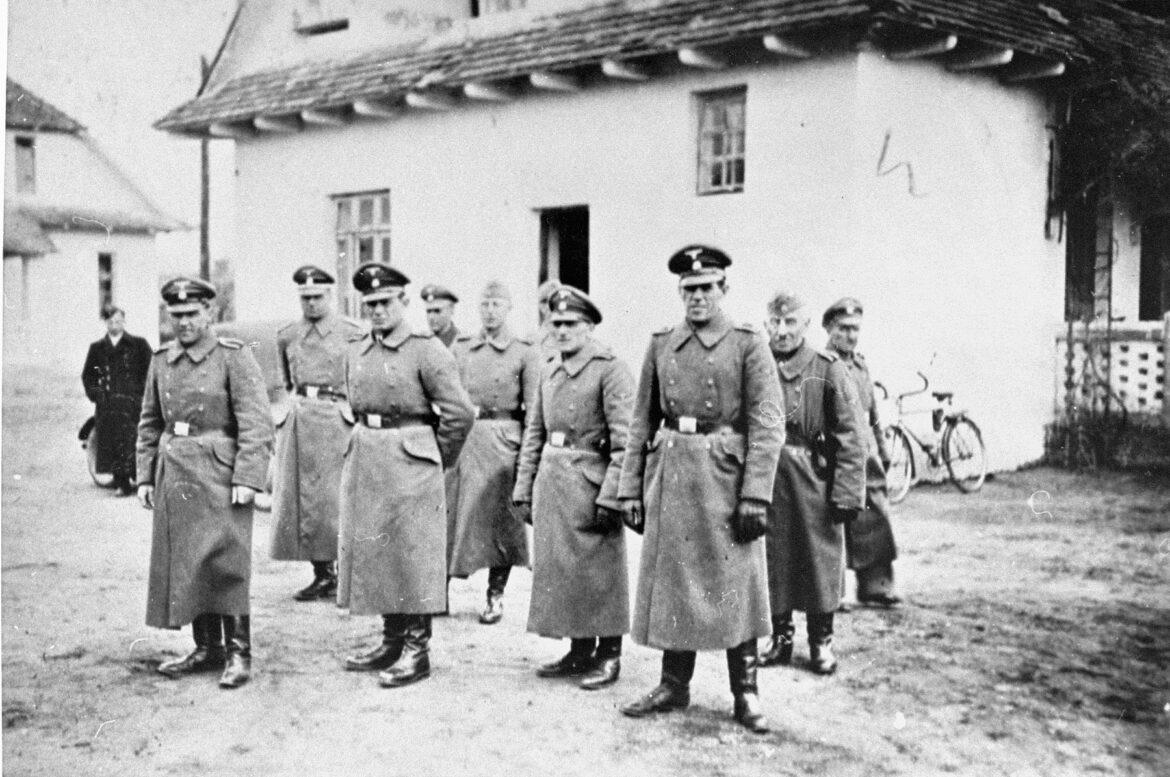The German death camp in Bełżec became the site of the extermination of nearly half a million Jews in less than nine months of its operation. This crime was committed as part of Operation Reinhardt, which began on March 16-17, 1942, when the first transports of Jewish people from the ghettos in Lwow and Lublin were sent to Bełżec.
During the Wannsee conference in January 1942, the Germans finally approved the details of the plan for the methodical extermination of the Jewish population living in the territories of occupied Europe. Previously, this kind of extermination had already been carried out in the occupied Eastern Borderland of Poland. One of the elements of that German plan was an operation that involved the physical elimination of all Jews residing in the General Government, which was later referred to as Operation Reinhardt ( Einsatz Reinhardt ) – in honor of Reinhard Heydrich, head of the Reich Main Security Office (RSHA) who died on June 4, 1942, in Prague, as a result of wounds sustained after an attack on him by the Czech resistance. It was Reinhard Heydrich who chaired the Wannsee Conference.
Operation Reinhardt assumed the deportation of hundreds of thousands of Jews from ghettos and camps in order to murder them in death camps specially prepared for this purpose. The construction of the first camp in Bełżec was started by the Germans at the beginning of November 1941, the next ones were located in Treblinka, Sobibór and in Oświęcim (Auschwitz-Birkenau). All these locations, except for the latter, were located in larger forest complexes. The proximity to railroads was also of great importance, which played a key role in directing transports from the ghettos.
Direct supervision over the extermination of the Jewish population was exercised by Odilo Globocnik, the SS and police commander of the Lublin district, and his deputy – Hermann Höfle, who was the chief of staff of the initiative.
The first transport to Bełżec arrived on March 17, 1942. Germans deported Jews from Lublin and Lwow. The first commandant of the camp was Christian Wirth, a car mechanic by profession, who had previously participated in the murder of mentally ill people as part of Operation T-4 carried out in the Third Reich. Initially, Jews were put to death in the chambers with gas, and later with exhaust fumes from a tank engine. The bodies of the murdered were buried in mass graves. In the summer of 1942, the Germans decided that the capacity of the chambers was too low and expanded the camp. After its completion, they could kill about 4,000 people in six chambers at the same time. The last transport to Bełżec arrived in December 1942. It was also then that the camp was closed. From 1943, the Germans were covering up the traces of the crimes by burning decaying bodies taken from mass graves on specially prepared piles.





